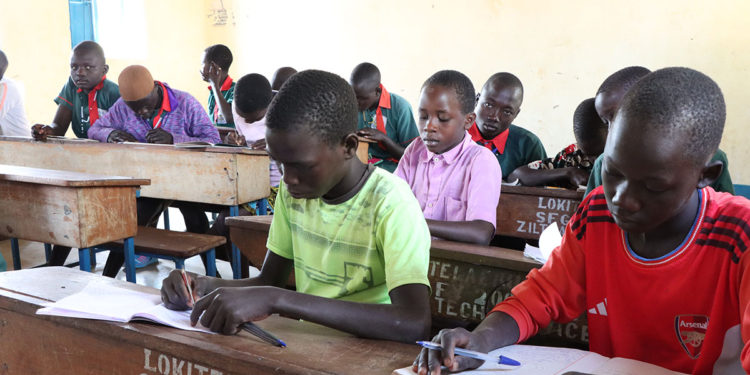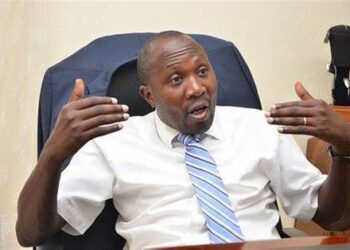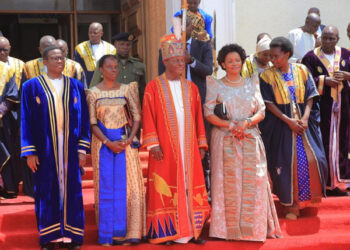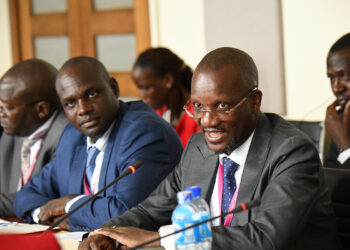By CHIMPREPORTS
The World Bank has urged the Ugandan government to increase spending on education to meet the demands of the fast-growing population.
“The government must substantially increase education spending to cope with population growth and meet its goals for education quality and accessibility,” reads the World Bank’s 22nd Edition of the Uganda Economic Update published on February 2.
Based on middle-range assumptions for population growth, Uganda’s primary-age population is projected to grow from 9.4 million in 2020 to 12.9 million in 2040, while its secondary-age population expands from 6.6 million to 10.6 million.
The Bank said even under a “business as usual” scenario, in which the system merely keeps pace with population growth, “Uganda will need 48,000 more primary teachers, 35,000 more primary classrooms, and 6.2 million more primary textbooks over that period.”
The report further shows that maintaining “business as usual” education indicators would cost an additional US$89 million at the primary level and US$50 million at the secondary level each year.
Planning
Under an “expansion with quality” scenario, which assumes that increased investments improve access and quality in line with the Education Sector Strategic Plan, total education spending would need to increase by more than US$1.1 billion by 2040.
MPs in July 2023 queried the quality of Uganda’s education.
“I see there is poor standardisation of education,” said Mp Eddie Kwizera (Bukimbiri County, adding, “You find that someone has got a first class degree in law but cannot even write any simple policy document.”
The latest available data shows that the government’s investment in human capital has declined as the government prioritised closing infrastructure gaps, especially in the energy and transport sectors.
Spending on education was 11.3 percent of total government expenditure in FY 2020/21, below the benchmark encouraged by the Education 2030 Framework for Action – which is at least 15 percent to 20 percent of public expenditure towards education.
In the health sector, government spending stood at 3.9 percent of total government spending in 2020/21 (compared to 6.5 percent in 2014/15), less than 20 percent of total health spending, while external assistance accounts for about 50 percent, and out-of-pocket spending for about one-third.
The findings of a recent Public Expenditure Review (PER) undertaken by the World Bank and Uganda’s Ministry of Finance, Planning and Economic Development indicated that because of the huge population pressure and because the social sectors were underfunded in the past, funding needs for social sectors are enormous.
Thus, there is a need to readjust the budget by reallocating resources to rebalance between the governance and security programs; integrated infrastructure program, and other productive sectors especially agro-industrialization, minerals and manufacturing and social sectors especially health and education.








Discussion about this post